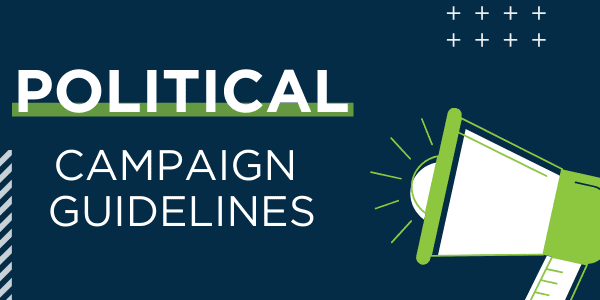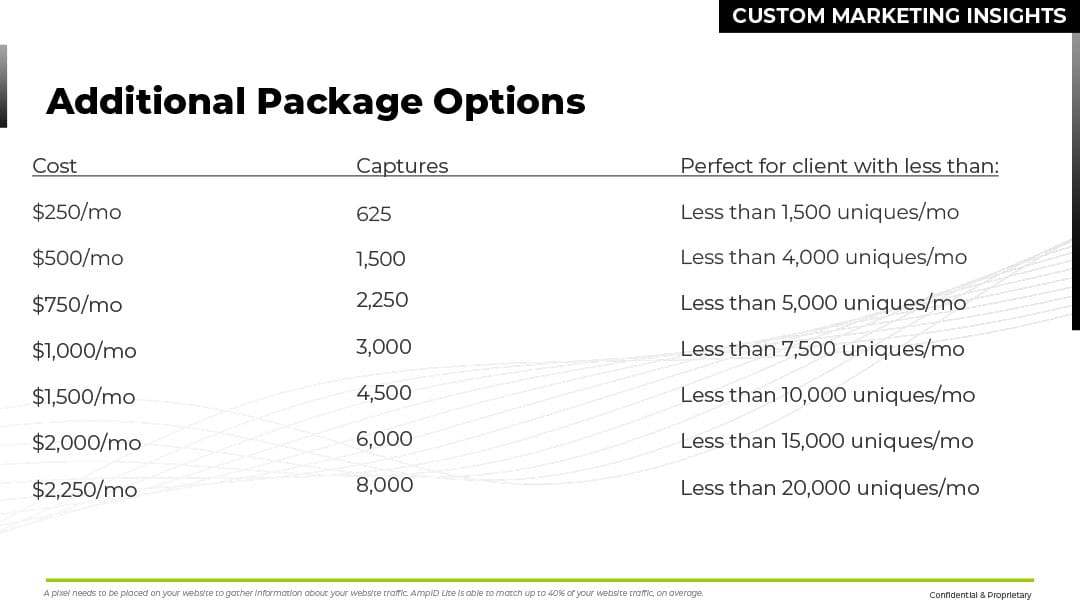As we approach election season, the guidelines we have in place for running political display (including audio & CTV/OTT) campaigns will be especially important.
What is Political?
In the context of our new ad guidelines, transparency requirements, and micro-targeting limitations, political ads are defined as those representing elections, candidates, or ballot measures. General advocacy and “Get Out the Vote” campaigns (that do not mention any candidates) are not included in our new political ad policies.
What is Required to Run?
- Clients will be asked to provide the candidate name, the level of the election, who is paying for the ad, the address of the paying entity, executive at the paying entity, & title of the executive.
- Clients will be required to provide a registration ID for advertiser verification. If an FEC ID is provided, verification will happen in real time via an API check.
- If the candidate is representing Maryland, clients will be asked for brief descriptions of the audience and geographies that are being targeted.
- If the candidate is representing New York, clients will be asked to provide a copy of the independent expenditure committee’s state registration certificate.
- If the candidate or ballot measure is representing Washington state, they will be prohibited from running with us. Federal races are still permitted to target Washington state with ads.
What is Not Allowed? Micro-Targeting
Micro-targeting refers to the practice of targeting small groups of users with ads unique to that group. While this is common practice in programmatic advertising, it represents an increased risk in political advertising should clients disseminate misinformation in their creative. It is for this reason that our platform does not permit our political clients (defined as those representing political candidates, elections, or ballot measures) to engage in any form of micro-targeting on our platform.
- All desired target audiences for political advertising must contain at least 25k devices/cookies for federal elections and 10k devices/cookies for state and local elections.
- The total addressable audiences of ad groups must maintain at least 50% of the aforementioned audience minimums after all additional targeting is layered on in the ad group.
- Clients may not use any form of DCO (Dynamic Creative Optimization) for political advertisers.
- Google is currently the only permitted 3rd party ad server at this time.
DAA Political Icon & Transparency Page
- The DAA requires political advertisers to leverage the new political icon on all clickable ad formats (political ad choice icon)
- Based on transparency inputs at the Advertiser and creative level, our platform will automatically append this icon to our clients’ creatives
- Clicking into the icon will bring clients to a transparency page
- Ad choice behavioral targeting information will also be included on this page so that ads will not need 2 icons.
- For more, read here: https://digitaladvertisingalliance.org/blog-terms/political-advertising
Please reach out to your RSM for any additional questions on Political Advertising.



